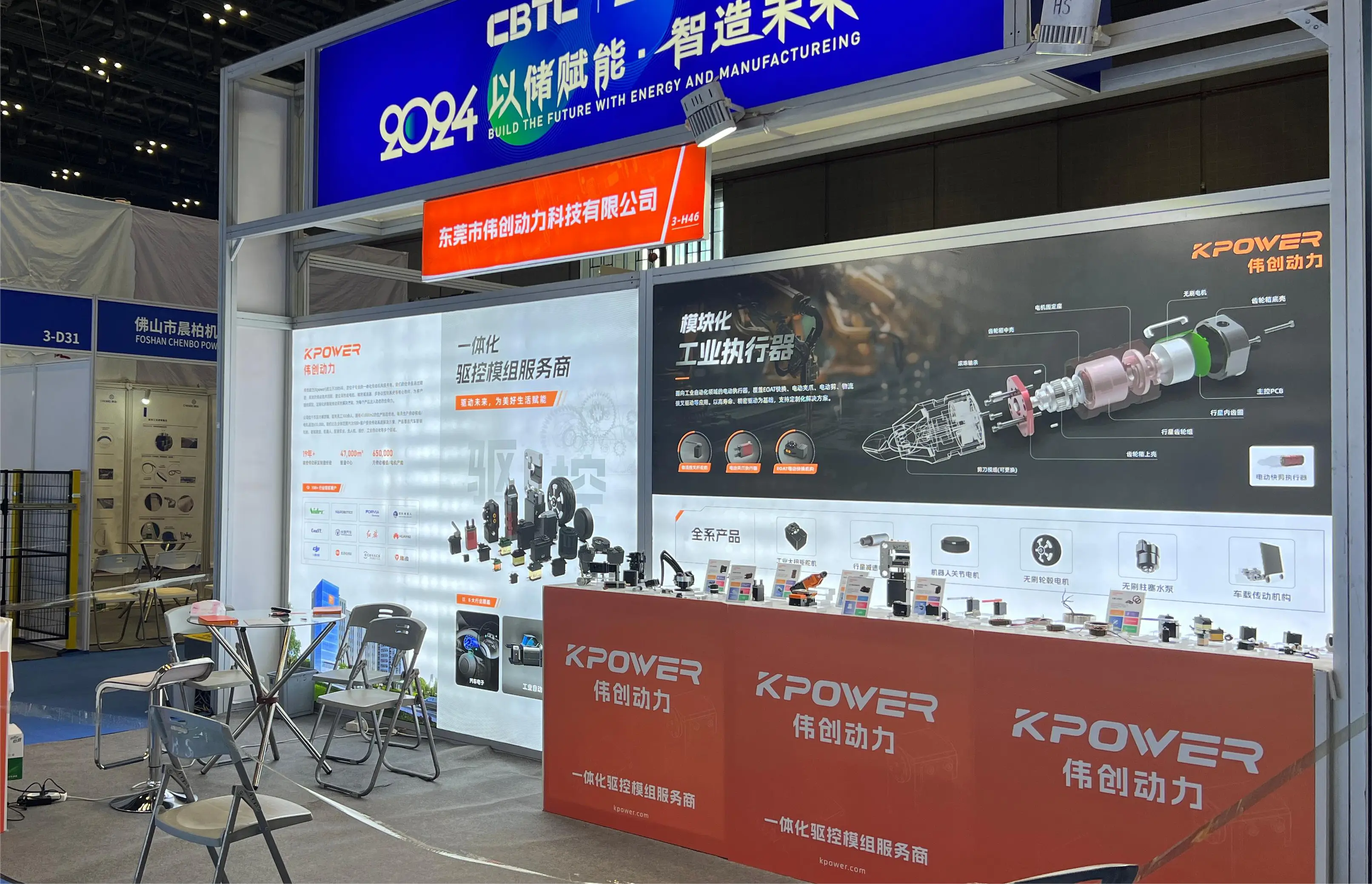Imagine deploying a microservice ecosystem where resilience isn’t just a buzzword but a core part of your architecture. How do you keep your applications humming amid unpredictable spikes in load or unexpected failures? That’s where the concept of circuit breaker technology becomes a game-changer, especially when integrated with Spring Boot’s ecosystem.

Think about it: you’ve got multiple microservices, each doing its thing, handling parts of a complex business process. One service starts to slow down or temporarily fails—what happens next? Without safeguards, your entire application can grind to a halt, causing frustration and lost revenue. The circuit breaker pattern acts like an emergency shut-off switch, preventing failures from spreading and ensuring your system stays up and running.
Now, adding a circuit breaker to Spring Boot isn’t just about code snippets; it’s transforming resilience into a strategic advantage. With tools like Resilience4j or Spring Cloud Circuit Breaker, you can set thresholds—say, if more than 50% of requests fail within a second, the breaker trips. When that happens, requests are rerouted or temporarily blocked, giving your downstream services time to recover. That’s data-driven, rational software engineering making your system smarter.
But the real magic? It’s in the control and insight provided. You can monitor circuit breaker states, tweak parameters on the fly, or set fallback methods—like serving cached data or default responses—so users hardly notice issues. Think of it as a safety net that not only catches problems but also allows graceful degradation, maintaining user trust.
Ever wondered about the trade-offs? Slamming the circuit breaker shut might seem reactive, but the proactive management of failures minimizes downtime and prevents cascading errors. And in high-stakes environments, this isn’t just a feature—it’s survival.
Plus, implementing circuit breakers with Spring Boot can be surprisingly straightforward. Your team can embed this resilience layer with minimal fuss, leveraging Spring Boot’s many integrations. This dynamic resilience can be tailored down to specific service calls or global settings, making it flexible enough for both small nanosecond tasks and large, complex workflows.
Obvious question: doesn’t this add overhead? Not really. Properly configured, circuit breakers introduce only a slight performance cost but offer massive gains in stability. They turn chaos into order—so your microservices stay responsive even under pressure.
At the end of the day, resilient systems aren’t just about avoiding failure. They’re about engineering that anticipates problems before they spin out of control. Integrating a circuit breaker pattern into your Spring Boot microservices echoes a simple truth: robustness isn’t optional anymore—it’s a necessity.
Wouldn’t it be better to build a system that can handle chaos but remains calm? That’s what a well-implemented circuit breaker achieves. Trust that, with the right approach, your microservice environment doesn’t just function; it thrives.
Established in 2005, Kpower has been dedicated to a professional compact motion unit manufacturer, headquartered in Dongguan, Guangdong Province, China. Leveraging innovations in modular drive technology, Kpower integrates high-performance motors, precision reducers, and multi-protocol control systems to provide efficient and customized smart drive system solutions. Kpower has delivered professional drive system solutions to over 500 enterprise clients globally with products covering various fields such as Smart Home Systems, Automatic Electronics, Robotics, Precision Agriculture, Drones, and Industrial Automation.




































